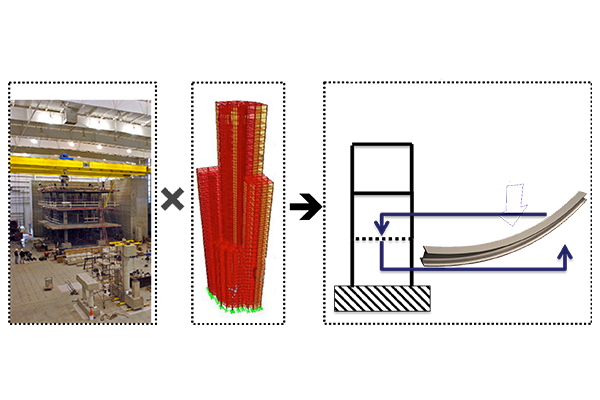Using computer science to mitigate earthquake impact
Christopher Gill plans to advance cyberphysical systems’ performance for applications in earthquake safety

Cyberphysical systems (CPS) bridge the digital and physical worlds by integrating physical sensors with computational elements to analyze data, make decisions and control physical processes in real-time. Christopher Gill, professor of computer science & engineering in the McKelvey School of Engineering at Washington University in St. Louis, is working to improve CPS for applications in earthquake engineering.
Gill won a $597,585 award from the National Science Foundation for research to assure the safety and performance of cyberphysical systems. In previous work, Gill and his collaborators at Purdue University established for the first time the ability to model and simulate the behavior of a building during an earthquake at sub-millisecond timescales and to integrate such simulations with sensors and actuators operating on physical devices, such as vibration dampers. Now, Gill and his collaborators will expand that approach to more computationally demanding nonlinear control models, which can be used to model realistic settings where CPS may help mitigate the impact and minimize the damage of earthquakes.
“Because resource demands for control compete with resource demands for simulation and thus affect the scale at which experiments can be run at sub-millisecond timescales, and because nonlinear behavior of an experiment is often sporadic and thus only need additional resources during particular intervals, new approaches are needed to manage those inherent trade-offs,” Gill said.
Gill’s new approach develops methods for co-design and integration of control and real-time scheduling models, which can shift resources nimbly and accurately between competing demands. It also introduces new concurrency platforms that can enforce the appropriate shifts at sub-millisecond timescales based on those integrated models.
“I’m excited to develop these new formal approaches at the intersection of real-time scheduling and control theory, to realize them within relevant hardware/software platforms, to apply and evaluate them within previously unachievable earthquake engineering experiments,” Gill said. “In doing so, we’ll be able to explore the boundaries of what can be achieved with them and what limitations may still remain in practice.”




